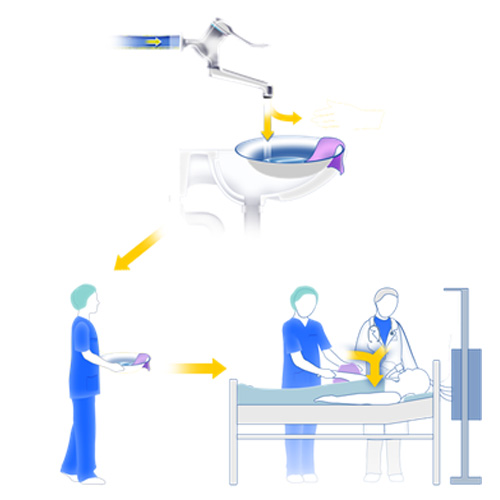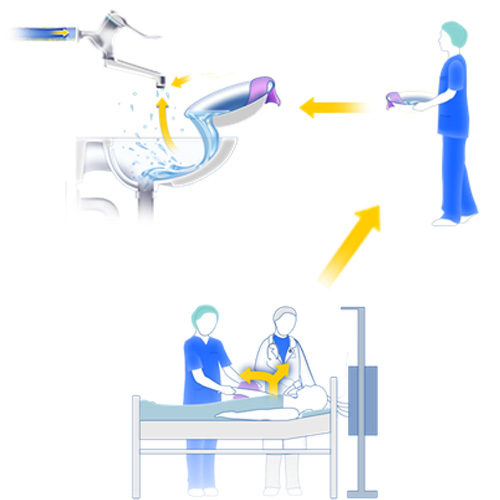There are more waterborne pathogens than Legionella that healthcare workers should be aware of.
Many of us are familiar with the risks of Legionella pneumophila to at-risk populations. We have also reviewed the growing concerns globally about nontuberculous mycobacteria (NTM). However, there are quite a few other waterborne pathogens that healthcare workers should be aware of. These pathogens are also cause for concern in healthcare areas where water can come into contact with immunocompromised patients.
Many waterborne pathogens of concern in healthcare are gram-negative bacteria. These might include Pseudomonas aeruginosa, Klebsiella spp., and Acinetobacter baumannii. Others can be fungi, like Fusarium spp. or Aspergillus spp. Most of these organisms do not need to be reported to infection-monitoring bodies, but they can still be quite common, impact patient stays, and add to overall healthcare costs.
Many of these organisms are not just waterborne either, making controlling them even more difficult. Some organisms can be spread from water to patient through aerosolization and inhalation. Other pathogens can be spread by contact with contaminated water through hand washing, bathing, splashing, and cleaning of wounds.
For example, Pseudomonas aeruginosa is a pathogen that can be waterborne and colonizes at the end of a tap or faucet at least 30% of the time (1). A healthcare worker might fill a bowl with this contaminated water with the intention of providing a sponge bath to a patient. This healthcare worker and this patient are then also at risk of exposure to Pseudomonas through contact with the water. This kind of transmission happens at least 30% of the time, according to research (1).

Further, this healthcare worker or patient can spread it to others they come in contact with, surfaces, and even drains where the water is disposed of.

Providing safe water for immunocompromised patients, therefore, is about more than monitoring Legionella. A robust approach to healthcare water management should include thoughts about many different patient populations, transmission methods, and control measures.
References
- Garvey MI, Wilkinson MAC, Holden KL, Martin T, Parkes J, Holden E. Tap Out: Reducing Waterborne Pseudomonas aeruginosa Transmission in an Intensive Care Unit. J Hosp Infect. 2019;102(1):7581. doi:10.1016/j.jhin.2018.07.039.
Author bio
Marissa Khoukaz, Business Development Manager — Hospital Water

Marissa is a business development manager for hospital water and manages the prefiltration portfolio globally. She uses her healthcare water knowledge to work with high-risk units to reduce waterborne pathogen risk to patients.